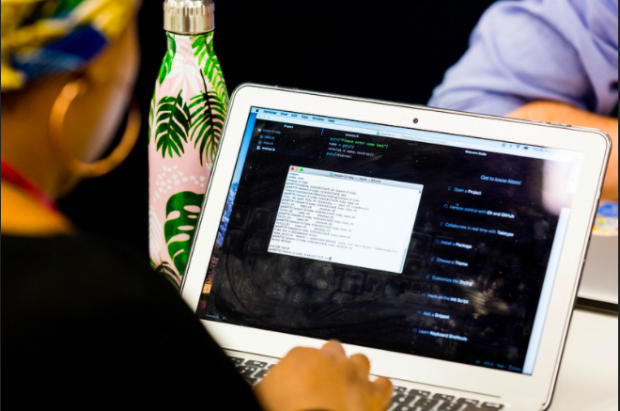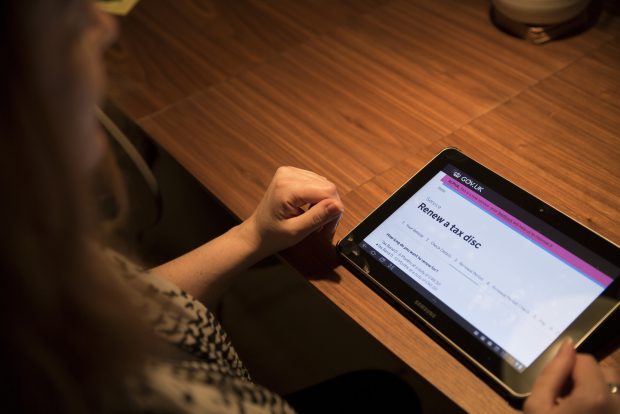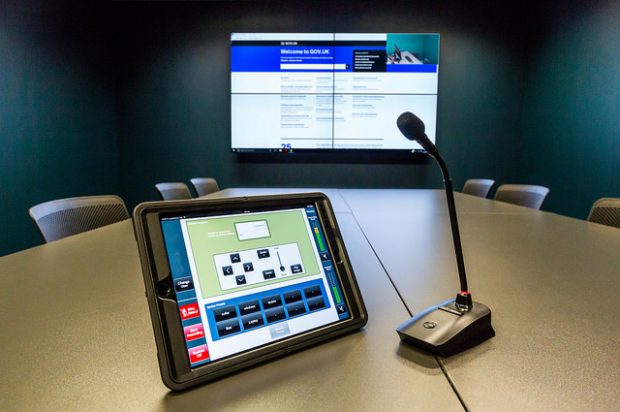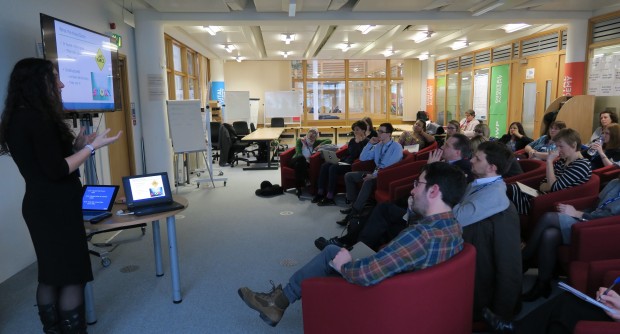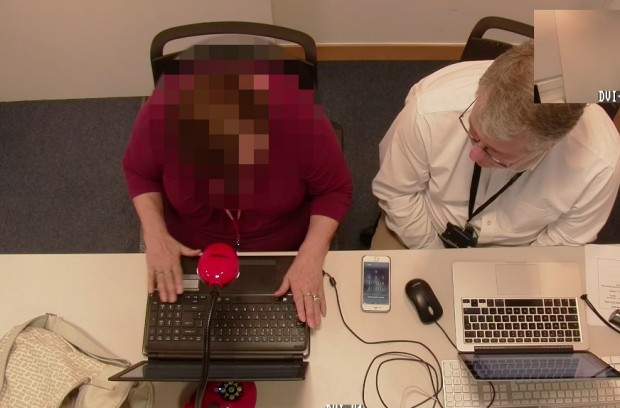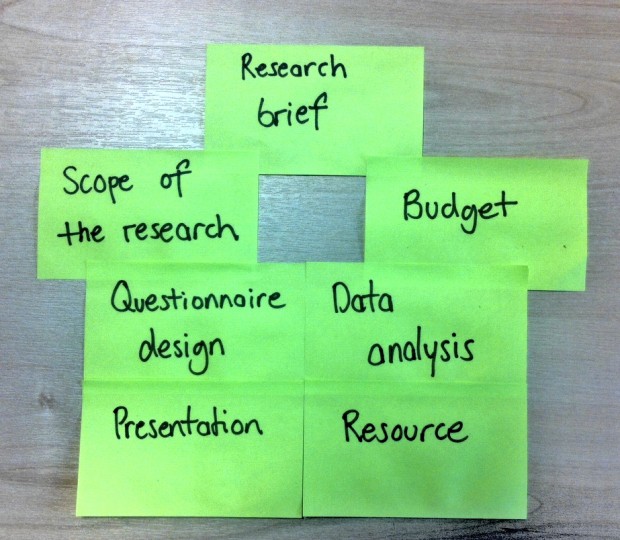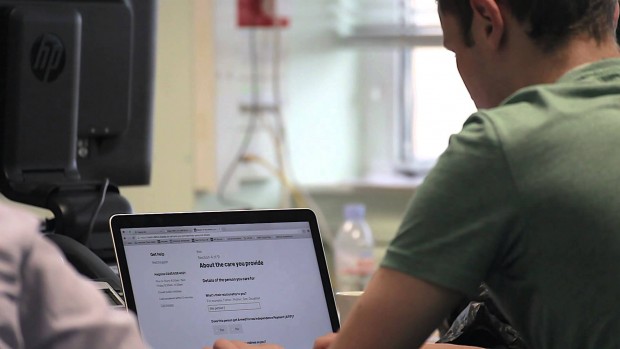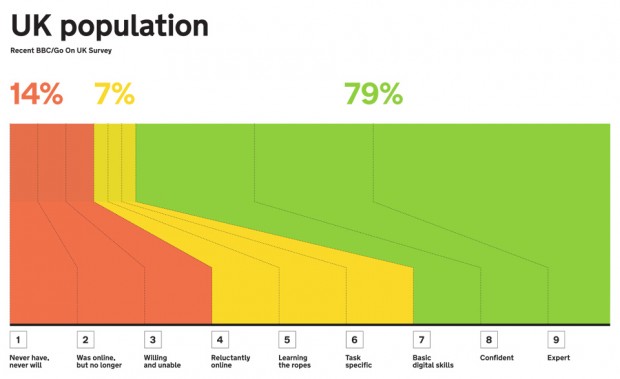Digital inclusion
One of the challenges we face with remote research is making it accessible for our users. We recently ran a remote cross-government user research workshop, and Ariana shares our top 10 lessons learned from this.
...use that to help refocus their recruitment efforts talk confidently about research, recruitment and users in service assessments have evidence-based conversations around potential options for assisted digital support However, several...
...is hard We ran some pop-up sessions to provide quick insights to support our case for more in-depth research, following the guidance on conducting pop-up research on GOV.UK. We went...
How can we include all kinds of users in our research, including those who may be harder to reach or reluctant to take part?
Government services should be usable by as many people as possible, including those who are disabled. It’s our sixth design principle.
I’m working as a user researcher in the Digital Inclusion team at GDS. Over the past few months, a key part of my work has involved sizing and identifying the characteristics of digitally-excluded service users, and understanding their support needs.
On the Carer’s Allowance exemplar, we wanted to make sure that our service worked for as many people as possible, so we recruited a wide range of users.
The digital inclusion team at GDS recently published the digital inclusion scale.
